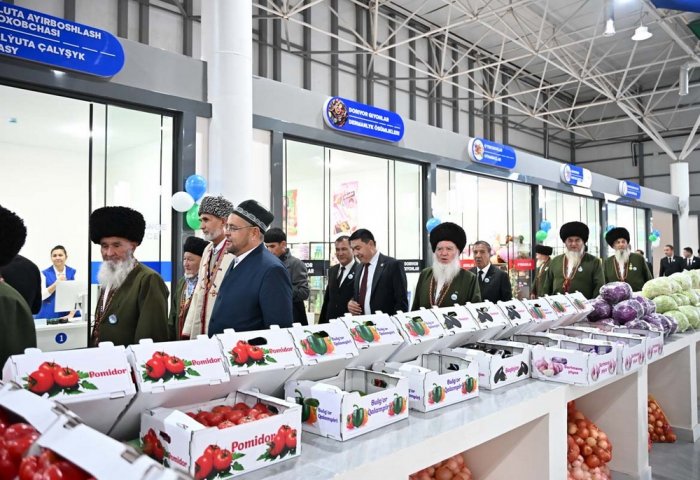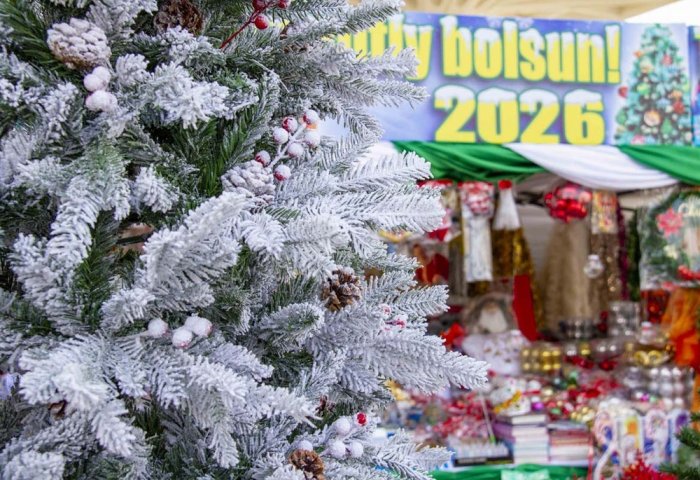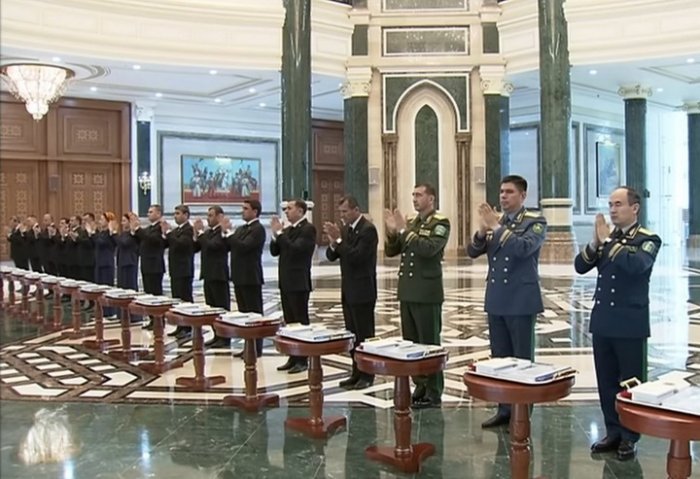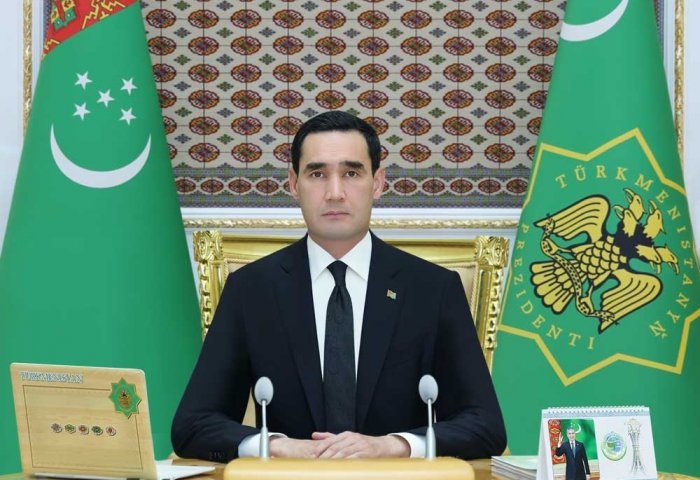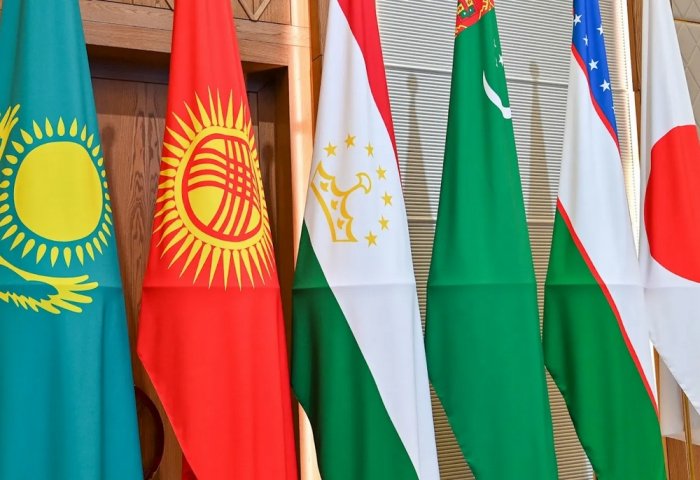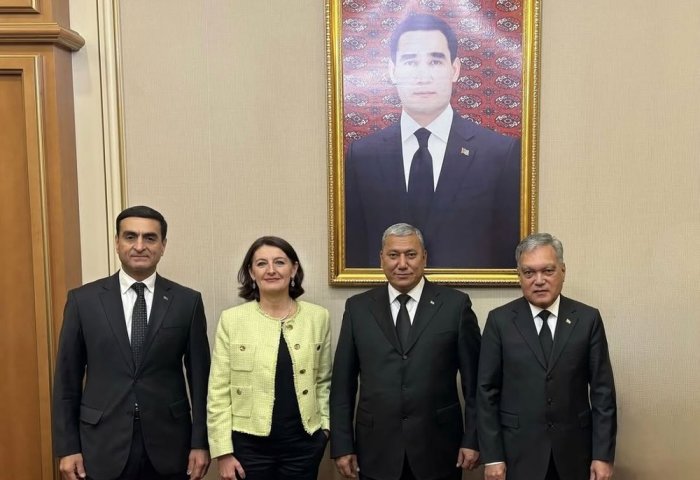
An exhibition of paintings by the teacher of the art school of the Lebap velayat, artist, Honored Artist of Turkmenistan Myrat Baltayev has opened in the Lebap velayat Museum of History and Local Lore.
The artist's works painted in different years are offered to the judgment of art lovers. Museum visitors can see such works by the artist as "Amul galasy" ("Amul Fortress"), "Osty galasy" ("Osty Fortress"), "Amyderýa" ("Amu Darya"), "Güýz" ("Autumn"), "Ärsary mama" ("Grandmother of the Ersaryn"), "Miras" ("Heritage"), "Natýurmort" ("Still Life") and many others.
Since the beginning of his creative activity, the artist has created hundreds of paintings, among which the theme of the Amu Darya occupies a special place. Dozens of paintings are dedicated to this mighty river, which is associated with the centuries-old history of the southeastern region of the country. Many paintings highlight the history of the region, modern times, nature, and village life. Several works are dedicated to famous personalities, such as "The canonical image of Myrat Bakhshi", "Makhtumkuli Fragi". Legends that have come down to us from time immemorial also inspired him to create new works. Despite the difference in themes covered in his paintings, they are united by patriotism and any love for their native land. Myrat Baltayev graduated from the Shota Rustaveli Turkmen State Art School in 1981, and from the Fine Arts Department of the K.G. Razumovsky Moscow State University of Technology and Management in 2004. Member of the Union of Artists of Turkmenistan, the former USSR. Since 1982, he has been participating in various exhibitions and competitions held in the velayat and the country, as well as abroad. In 1991, he won first place in a competition and exhibition dedicated to the 400th anniversary of the city of Parephsky (Chuvashia, Russia). His paintings are kept in the National Museum of Turkmenistan, the Lebap Velayat Historical and Regional Museum, the State Museum of Chuvashia (Russia), the Museum of Moscow State University, and the Regional Museum of Kazakhstan. They are also in the possession of private collectors in Japan, China, Turkey, Belarus, England, and other countries.
